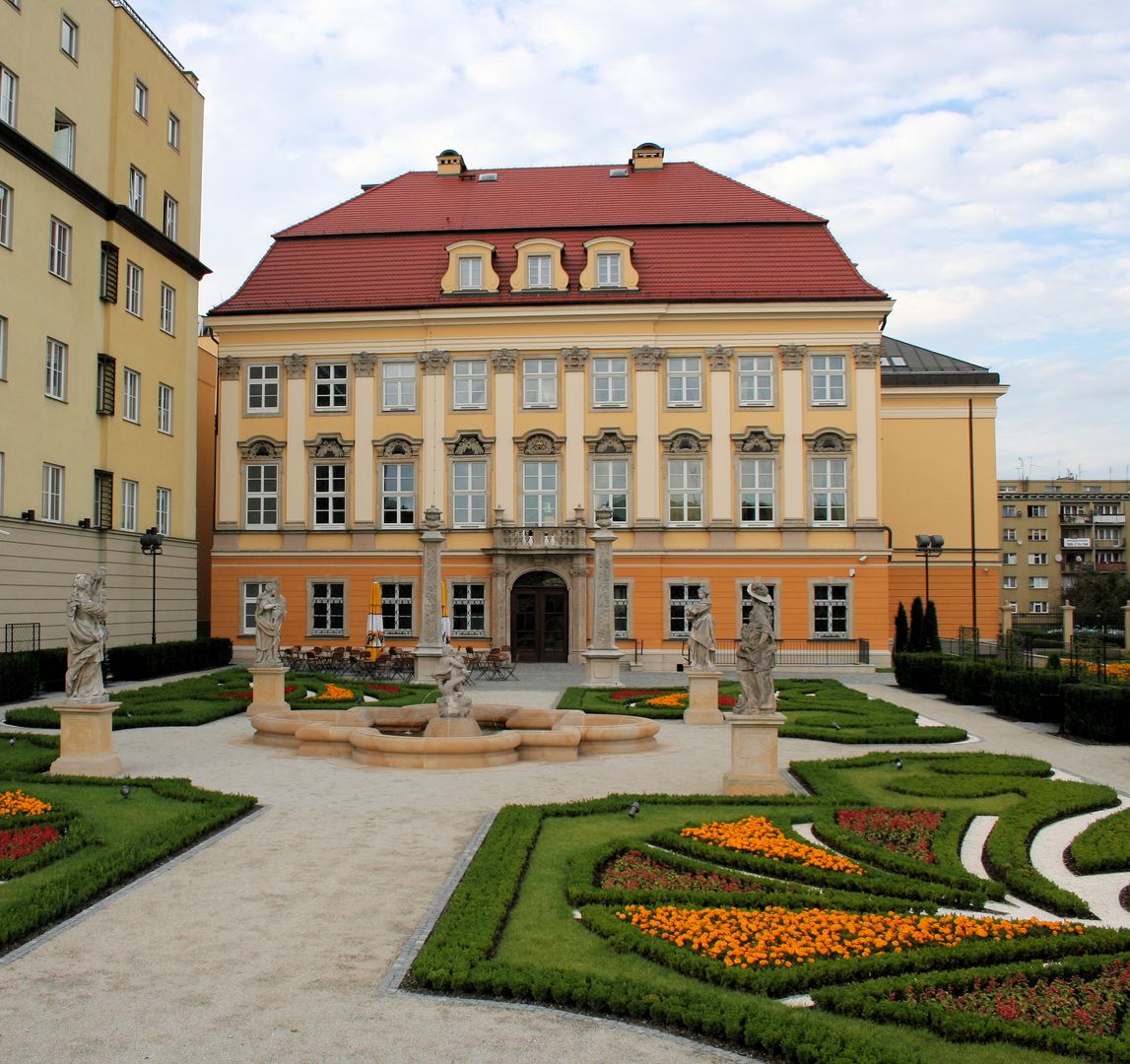Royal Palace in Wrocław
6.2

Overview
The Royal Palace in Wrocław, also known as the Spätgen Palace, is a significant heritage site associated with the Prussian kings of the Hohenzollern dynasty. Its construction began in 1710 on the initiative of Baron Hans Ernst von Pein, with Lucas von Hildebrandt as the architect. In 1717, the palace came into the possession of Baron Heinrich Gottfried von Spätgen. Initially built in the Baroque style, the building featured richly decorated facades accentuated by cornices and pilasters.
In the mid-18th century, after being purchased by the Prussian King Frederick II the Great, the palace gained the status of a royal residence and was also referred to as Frederician. During its expansion between 1796 and 1797, an additional wing was constructed based on a design by Carl Gotthard Langhans. Later, it was further expanded in the Neorenaissance style by Friedrich August Stüler. The palace became a symbol of Prussian power, surrounded by a newly created square used for military parades.
After World War I, the palace was converted into a museum, reflecting the political changes in Germany. Unfortunately, during World War II, the palace suffered significant damage, and its southern wings were burned down and demolished in the 1960s. After the war, the destroyed sections were rebuilt, and in 2009, the Wrocław City Museum was opened there, featuring a Baroque garden and valuable collections, including exhibits related to the history of Wrocław.
The palace is not only an important element of Wrocław's architecture but also a significant cultural site, representing the region's history and its connections to various states. An interesting fact is that the exhibition "1000 Years of Wrocław" showcases nearly three thousand exhibits, highlighting the city's rich history and multicultural heritage.
Location
Tickets
Powered by GetYourGuide
You can also find here:
2025 Wizytor | All Rights Reserved
